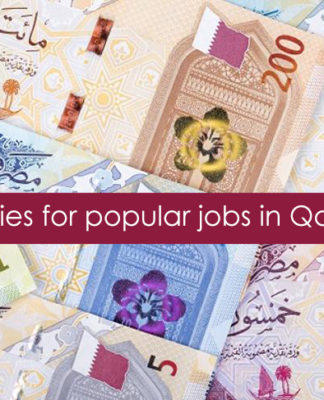In this video, we explore the latest rift between the United States and Canada over energy exports. Under pressure from President Donald Trump’s tariff threats, Canada—a top U.S. supplier of crude oil—now contemplates redirecting its energy exports to China and the European Union. We delve into what this means for North American supply chains, whether Canada’s “Plan B” is truly feasible, and the implications of a possible U.S.–Canada energy standoff on global trade.
Key Topics Covered
Trump’s Tariff Threats & Canada’s Response
Tariff proposals spanning oil, steel, aluminum, and agricultural goods.
Canada’s fear of overreliance on the U.S. market, and the consideration of “energy leverage.”
Trans Mountain Pipeline & Pacific Access
How new pipeline capacity offers Canada routes to Asia.
Tankers from Vancouver increasingly supplying China and Japan, illustrating shifting trade patterns.
US–Canada Oil Ties in Peril
Canada currently sends the bulk of its 4 million daily barrels to the U.S.
Could Trump’s policies erode the largest crude import relationship in North America?
China’s Potential Gain
Beijing welcomes more Canadian oil, possibly offering favorable terms.
This shift could reduce China’s dependence on other suppliers and weaken U.S. “energy weapon” strategies.
The “Third Option” in Canadian Politics
Historical push to reduce U.S. dependency resurfaces.
Advocates in Ottawa say diversifying exports to Asia/EU spares Canada from Washington’s unpredictable tariffs.
Feasibility & Market Realities
Infrastructure challenges, environmental opposition, and shipping costs.
Time and investment needed to fully pivot away from the U.S. market.
Possible Diplomatic Outcomes
A compromise approach, or “win-win” trade deal, could prevent a damaging split.
If tensions worsen, mutual economic harm likely—costly for American refiners and Canadian producers alike.


























